Choosing the right bindings is crucial for any skier or snowboarder, as they form the essential connection between the rider and the board or skis. With numerous options available, selecting the best brand can make all the difference in terms of performance and safety. From well-established names known for their technological advancements to innovative newcomers pushing the boundaries of design, the choices are vast and varied. Below, we’ve compiled a list of the top brands renowned for their exceptional bindings.

Illustration of bindings
Best brands of bindings in 2025
Burton
Burton is a leading producer of snowboard bindings, boasting a significant market share of 55% in the snowboarding equipment market as of 2017. The company is renowned for its innovative products, such as The Channel mounting system, which simplifies the binding adjustment process, requiring only two screws instead of six. This innovation enhances the riding experience, allowing for quicker adjustments and more time on the slopes. Burton's dominance is further underscored by its strong presence in the global snowboard binding market, with North America, a key region, contributing substantially to its sales. The company's commitment to quality and innovation has solidified its position as a top choice among snowboarders.
Union
Union Binding Co. is a leading producer of snowboard bindings, known for its high-quality and innovative products. As a leader in the binding category, Union has collaborated with Burton to integrate the Step On technology into their new Union Atlas Step On Binding, set to debut in January 2025. This collaboration aims to make snowboarding more accessible and is expected to help Step On technology achieve 20% total market share penetration. Union's involvement is significant, given their strong market presence and the growing momentum in the Step On/Convenience binding category. This partnership is anticipated to further grow the binding category, attracting new riders to the sport. For more details about this exciting collaboration, visit the official announcement.
Ride
Ride is a prominent brand in the snowboard binding market, known for its high-quality and performance-enhancing products. As part of the global snowboard binding market, which is projected to grow from USD 135.2 million in 2024 to USD 172.01 million by 2031 with a CAGR of 3.50%, Ride contributes significantly to this growth. The brand is favored by both novice and experienced snowboarders, particularly in regions like North America, where the market holds around 40% of the global revenue. Ride's bindings are part of the broader market that includes other key players like Burton, Salomon, and K2, and are known for their convenience and technological advancements, such as speed entry bindings that allow for quicker and easier access. For more details, visit their official website.
Salomon
Salomon is a leading global brand in the design, manufacture, and distribution of ski bindings, holding nearly 45 percent of the market share. The company has maintained its dominance since the 1970s, following the success of its cableless heel unit bindings introduced in 1967. Salomon's innovative products, such as the Prolink system compatible with NNN bindings, have helped the company retain a significant market presence. With a strong presence in the ski industry, Salomon also holds 23 percent of the ski boots market. The company's commitment to research and development has solidified its position as a top-quality producer in the winter sports equipment sector.
K2
K2 has significantly enhanced its position in the ski industry through strategic acquisitions, particularly of Marker and Volkl. Marker, a worldwide leader in ski bindings, holds an estimated market share of over 40% in the U.S. and represents approximately 43% of the systems market in the country. This acquisition allows K2 to develop integrated ski and binding systems, a trend that has been highly influential in the ski industry. With Volkl, K2 now produces a total of 720,000 pairs of skis annually, combining K2's 250,000 pairs with Volkl's 470,000 pairs. This move solidifies K2's market leadership in skis and bindings, positioning it alongside competitors like Rossignol and Salomon.
Nitro
Nitro is recognized as one of the top producers of snowboard bindings, known for their high-quality and innovative designs. The global snowboard bindings market, which includes brands like Nitro, is projected to grow from USD 135.2 million in 2024 to USD 172.01 million by 2031, with a Compound Annual Growth Rate (CAGR) of 3.50%. North America, a significant market for snowboard bindings, held over 40% of the global revenue in 2024, indicating a strong demand for premium bindings like those from Nitro. The increasing interest in winter sports and recreational activities drives the growth of this market, benefiting brands that offer reliable and performance-oriented products. With such market trends, Nitro continues to be a preferred choice among snowboarders.
Flux
Flux is a renowned brand in the snowboard bindings market, known for its high-quality and performance-enhancing products. As part of the global snowboard bindings market, which was valued at USD 135.2 million in 2024 and is expected to grow at a CAGR of 3.5% from 2024 to 2031, Flux bindings are favored for their durability and innovative technology. The brand contributes to the significant market share held by North America, which accounts for over 40% of the global revenue. Flux bindings are particularly popular among snowboarders due to their ease of use and comfort, aligning with the increasing demand for convenience and performance in snowboarding equipment. By 2032, the overall market is projected to reach higher values, driven by advancements in binding technology and growing interest in winter sports.
Rome
Rome, a renowned brand in the snowboard industry, is celebrated for producing high-quality bindings that cater to various needs and preferences. In the global snowboard binding market, which is projected to reach USD 172.01 million by 2031 with a CAGR of 3.50%, Rome's bindings are favored for their performance, comfort, and innovative technology. The brand's products are particularly popular in regions like North America, which holds over 40% of the global market share, and Europe, where the market is expected to grow at a CAGR of 2.0% from 2024 to 2031. Rome's bindings are known for their durability and ease of use, making them a top choice among snowboarders. With the increasing demand for high-performance snowboarding equipment, Rome continues to be a leading player in the market.
Jones
Jones Snowboards is renowned as one of the top producers of high-quality snowboard bindings, known for their innovative designs and enhanced performance features. Their bindings, such as the Apollo PRO and Mercury, feature advanced technologies like the Hanger 3.0 with nylon reinforced with 30% fiberglass, ensuring better board connection and faster energy transfer. These bindings are designed for expert riders, offering maximum board response and comfort. With a focus on durability and ease of use, Jones bindings include tool-less strap adjustments and asym buckles made from aircraft-grade alloy. The brand's commitment to innovation aligns with the growing demand in the snowboard binding market, which is expected to expand at a CAGR of 3.50% from 2024 to 2031.
Arbor
Arbor is renowned as one of the best producers of snowboard bindings, emphasizing sustainability and performance. Founded 26 years ago, Arbor has been committed to crafting products with environmentally friendly materials and a focus on customer satisfaction. Their bindings feature advanced technologies such as the System X baseplate and outsole, which enhance control and reduce high-frequency chatter. The BioStrap, made from plant-based materials, ensures a secure and comfortable fit. Arbor's bindings also include asymmetrical highbacks and tool-less strap adjusters for added convenience. For more information about their binding technologies, visit the Arbor website's Binding Tech page.


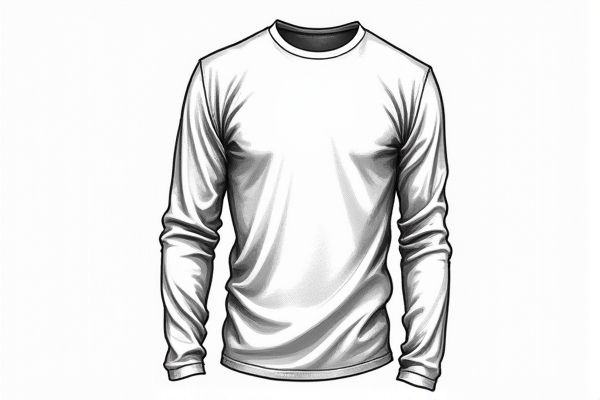

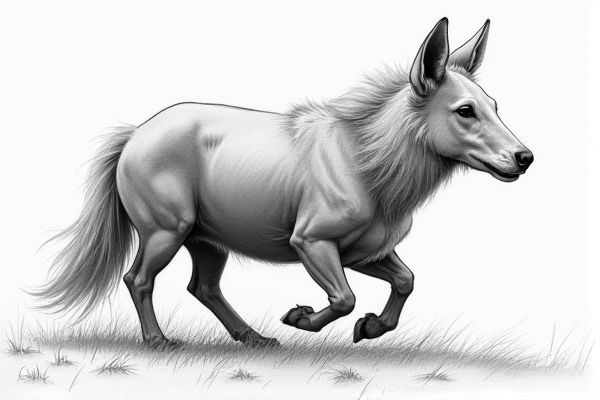





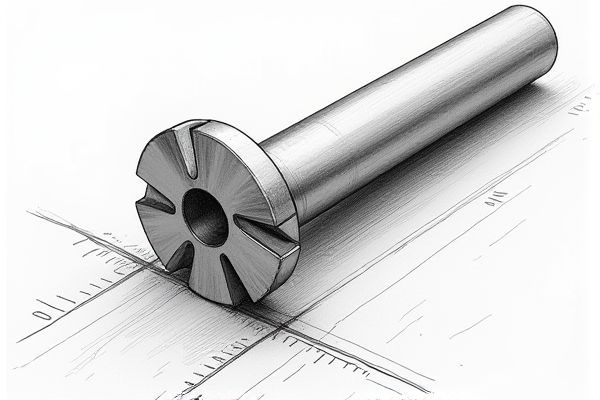
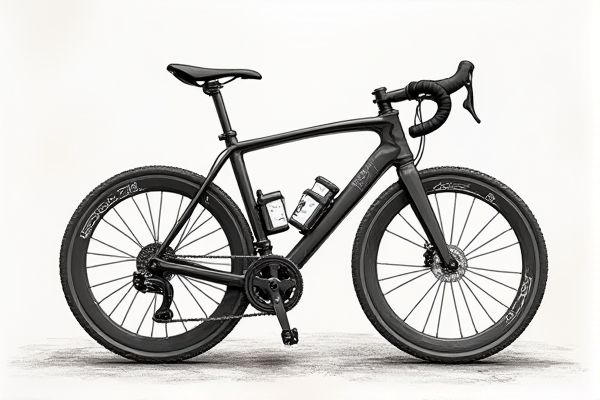
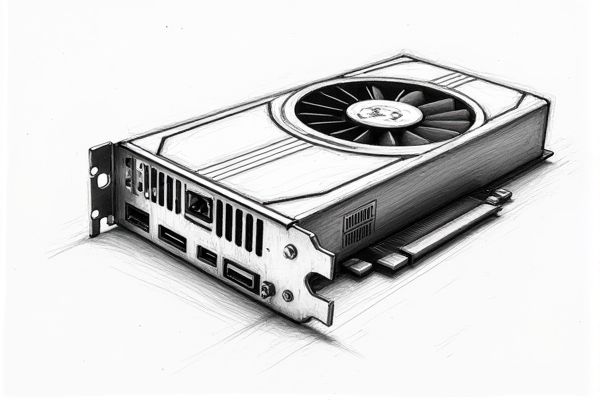

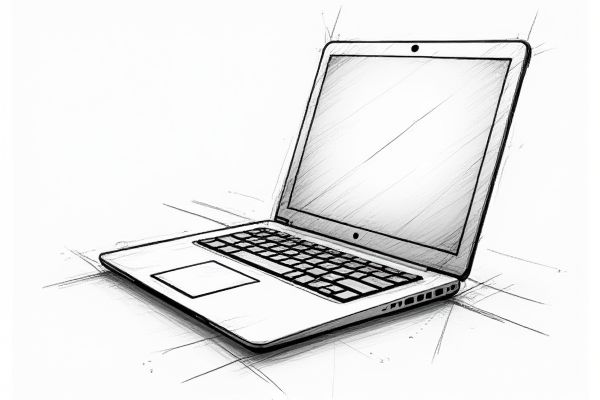
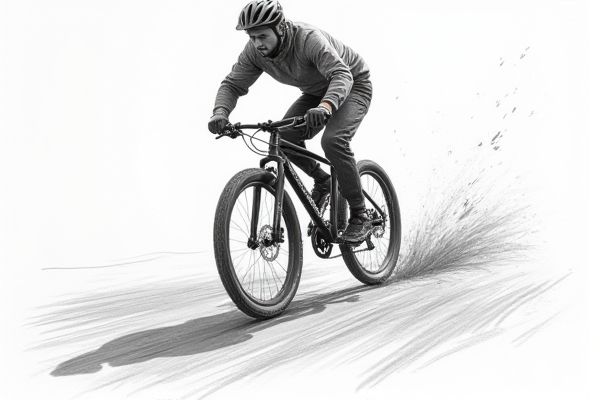
Leave a Reply
Your email address will not be published.